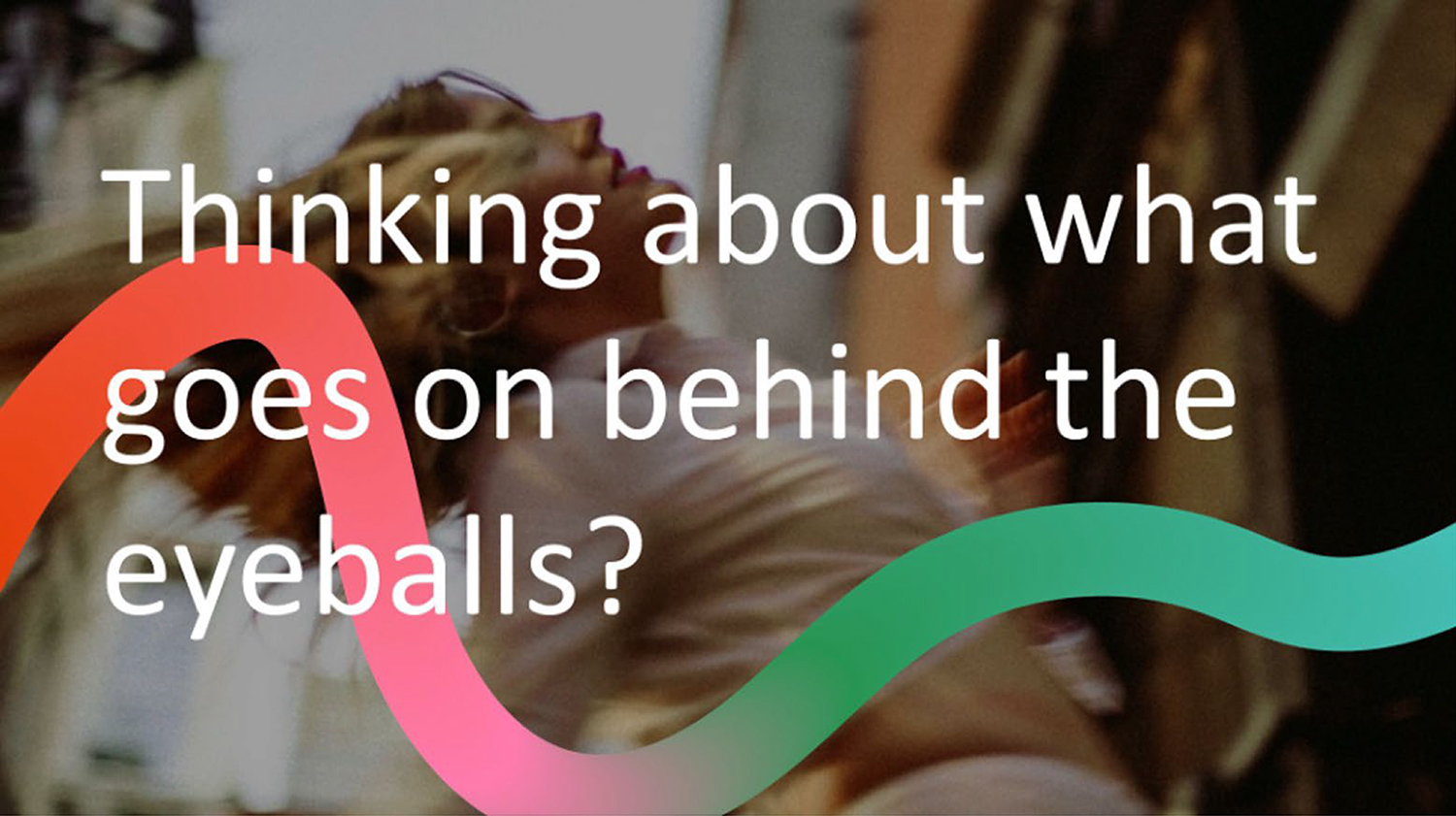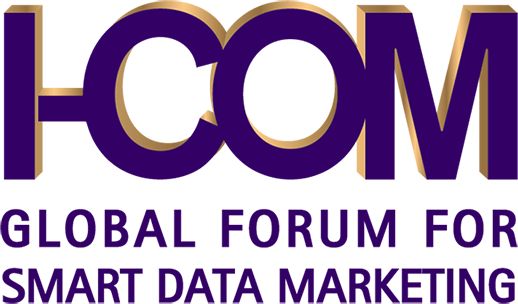I-COM Attention Forum - Snapshot Series
CHAPTER 3 | Delivering Unique Consumer & Market Insight
Delivering Unique Consumer & Market Insight

Key Learnings
- Measuring the meaningfulness of types of attention is a crucial next step for marketers.
- Different signs and symbols (semiotics) provoke different meanings in people. Some semiotics require more attention (e.g., harder concepts to grasp) than simpler concepts, but both have value.
- We need to further explore healthy versus unhealthy attention.

Guest Presenters
Questions Explored
- Are we too focused on the technology and channels rather than consumers?
- Is attention data in isolation of value, or is integration with other data sets required?
- How is attention measurement differentiating itself as a source of Consumer & Market Insight?
- Are there any notable integrations of studies that show promise for the future?
Izzy explored these three topics
1
What is the difference between attention and meaningful attention?
- From a semiotic point of view, there are some meanings that are fixed and quick, and more complex meanings that might require more attention to make sense of them. Both have value.
- Marketers should think more about what meaning is being embedded into the attention they are provoking.
- Clever brands try to drive attention, recognition and cultural meaning in one go.
2
What does healthy attention and unhealthy attention mean?
What does good attention look like, especially considering talk about an attention crisis. It’s important to think about the biometrics of attention; things like stress levels, whether the attention is in-flow or not, and what’s going on in the brain when attention happens. Advertisers should take steps to address the attention crisis to avoid any backlash.
3
How can we turn attention into action?
Measuring interactions but also amplification to show how our attention might be converting into action and meaning beyond a sales metric.
Izzy asked the attendees to think more broadly about measuring attention in a way that expands the definition of what actions are tracked. She discussed some research about how scrolling through media without engaging (e.g., taking an action)
I-COM Attention Forum Chairs


Questions Explored
Looking at user-generated content to look at cultural ideas engaging people? The things are so interested in that they want to create content around it? It’s not so much about attention, but engagement around those ideas.
We look at symbols that are well recognized that are new ways of saying things that feel fresher and more interesting. It’s interesting to explore taking instant symbolic recognition and measure that.
Kids can spend three hours on Twitch looking at very specific things. So it seems that there’s an attention deficit, while there’s also times where we’re focused on specific stuff.
As Max Kalehoff, I-COM co-chair and VP of growth and marketing, said during the meeting, those embedded in the attention space are sometimes in the weeds on the attentional value of an impression, it’s also important to think of the higher-level strategic questions of what that attention means on a macro level.
Share your thoughts on LinkedIn
Join the next discussion!
Uncover insights with the leading Data Marketing professionals, and experience the value of Council Meetings firsthand! Potential Members can participate in up to 2 trial Council Meetings. Register now to explore your topics of interest.
